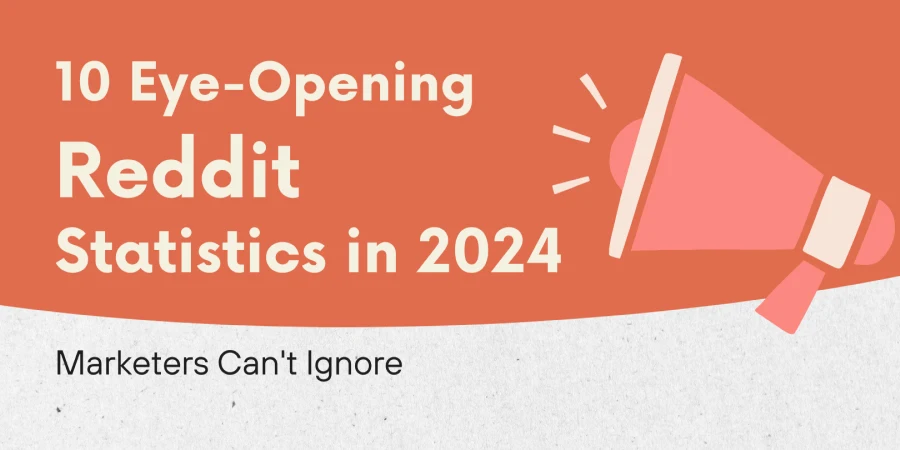There’s not much quite as exciting as the world of persuasion, and creating well crafted blogs and articles to drive sales online! This post reveals some essential tips for approaching content creation, specifically from a marketing perspective. So if this sounds like your cup of tea, then get ready to learn the secrets behind successful communication, and how it can be used effectively to win over your target audience.
Table of Contents
Writing techniques as a marketing strategy
Top 6 writing techniques for effective marketing
Conclusion
Writing techniques as a marketing strategy
Providing high quality content is one of the most straightforward approaches to advertising and digital marketing. Moreover, effective writing continues beyond conveying an attractive message for the product; it comprises various methods and tools used to attract the customer, achieve their trust, and motivate them to buy.
Writing effectively is therefore not just about delivering your message; it also enables you to build a meaningful relationship that boosts brand awareness and engagement. This is why effective writing should be a cornerstone of any aspiring brand’s marketing strategy.
Top 6 writing techniques for effective marketing

1. Know your target
Writing for marketing starts with knowing what message you want to convey to your audience and then finding the best way to ensure it reaches them effectively. An audience’s connection and engagement with your message boils down to how much one knows about the target audience and how well the message is tailored to suit their interests and specific needs.
This is why successful marketing requires an understanding of your target audience. In order to do this, you should develop specific buyer profiles that depict different categories of buyers you serve. These personas should include demographic details, pain areas, goals, and preferred means of communication.
2. Reduce the fat
For a blog to be successful, it should not only carry relevant content, but it should also remain current and exciting to its readers. Let’s explore some practical ways a writer can avoid content overload.
Firstly, one should succinctly set out the core message that you want to express through your blog. Do not meander, and do not stuff it all in one write-up. This could mean creating more posts that are highly focused on a niche topic, as opposed to aiming to create “comprehensive” posts.
Secondly, you can divide the text into manageable pieces using subheadings, bullet points, and numbered lists. This enables readers to access information they are interested in quickly. A topic in a time management blog, for example, could cover “setting clear goals” and “eliminating time wasters.”
It is also a good idea to use visuals such as photos and charts to support the text. Visual aids, in this case, may assist in de-mystifying some complex subjects, enhancing the interactivity of the blog.
As an example of a lean and focused blog, consider the post “Everything You Need to Know About Laser Cladding” posted on Alibaba.com. The blog is clearly broken down into subheadings such as: “what is laser cladding,” “laser cladding process,” and “advantages of laser cladding,” among others. It is essential to limit the focus to the most critical points about laser cladding, making them straightforward with no unnecessary detail.
3. Catchy headlines
A catchy heading is vital as it defines your audience’s first interaction with your content. It serves as an avenue into your page, encouraging readers to dig deeper in the body of your post. An attractive title will stimulate the readers’ enthusiasm and create anticipation of what comes next.
Most consumers click on blog titles that are catchy and interesting. As an illustration of this, let’s take a closer look at the article mentioned above. The title “Everything You Need to Know About Laser Cladding” uses action verbs in the headline to make it urgent and exciting.
Also, a well-phrased question in the headline will intrigue the reader. On the other hand, the title above speaks directly to a question that the audience is likely to already have, and is therefore aimed at letting readers know that they can find answers to their questions in the article.
It is also a great idea to include phrases such as “10 Essential Items,” “7 Must-Know Trends,” or “5 Ideas for” as they naturally tempt a person to read on by emphasizing that the post will provide valuable insights in a well organized format.
Finally, make sure you use critical phrases your buyers might search for. This helps with SEO and ensures you reach the right audience. They can also be used to tell your readers exactly what the article is about. With the example title, “Laser Cladding” clearly captures the focus and ensures that the article speaks directly to what users are searching for online.
4. Utilizing data and statistics
Putting relevant data, figures, and statistics in your blog assures your readers that they are getting accurate information. On top of this, supporting your ideas with evidence-based arguments helps boost the value of your work, improving your credibility.
Furthermore, ensure that you list the sources (or add links) and make sure that you trust the sources of your data. This also means avoiding unreliable or biased data as far as possible. You should also make sure the information is up-to-date. Outdated information may lead to errors in your claims, thus making your content less authoritative.
Finally, it is important to make sure the data is put together in a way that tells a story that readers can understand easily. Present storylines and trends of data interestingly to make sure it supports the argument or the post in a concise and insightful way.
5. Personalization and customer engagement
Today, consumers demand personalized experiences. One of the most potent writing techniques for effective marketing is personalizing your content to speak directly to your target market. Do not speak to the crowd, but address each individual. Give them stories and narratives that resonate with them. On top of this, it is important to try to engage with your audience via comments, social networks, and target newsletters. By building confidence and commitment, trust and loyalty are increased.
6. Creating a call-to-action and a sense of urgency
Any marketing item should have a call-to-action (CTA) residing at its core. A compelling CTA should prompt readers to do what is expected, like buying a product, subscribing to a newsletter, or downloading an ebook. The critical components of compelling CTA include action verbs, a sense of urgency, and explicit directions. Use persuasive techniques to create CTAs that compel your readers into conversion.
Conclusion
Effective marketing requires writing skills that appeal directly to your audience and yield the desired results. Using the strategies in this post will help ensure that your company makes a lasting impact on the market and maintains an excellent image, thus impacting the growth of your brand awareness, confidence, and reputation. Act today by incorporating these writing strategies into your marketing efforts to reach and engage your intended audience, create conversions, and accomplish your marketing objectives.








